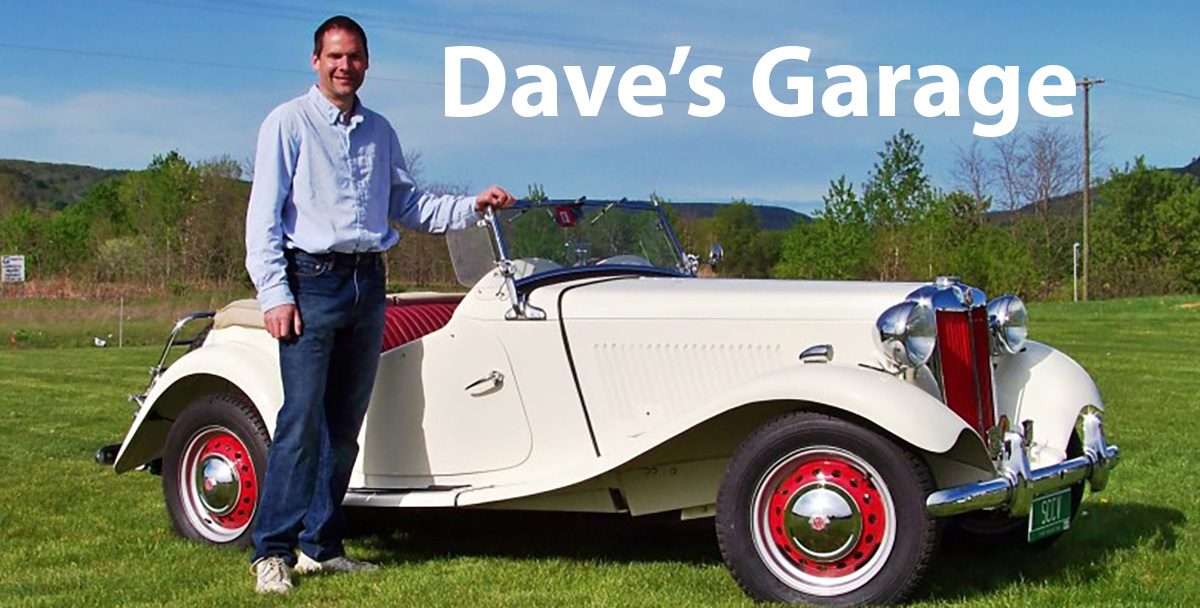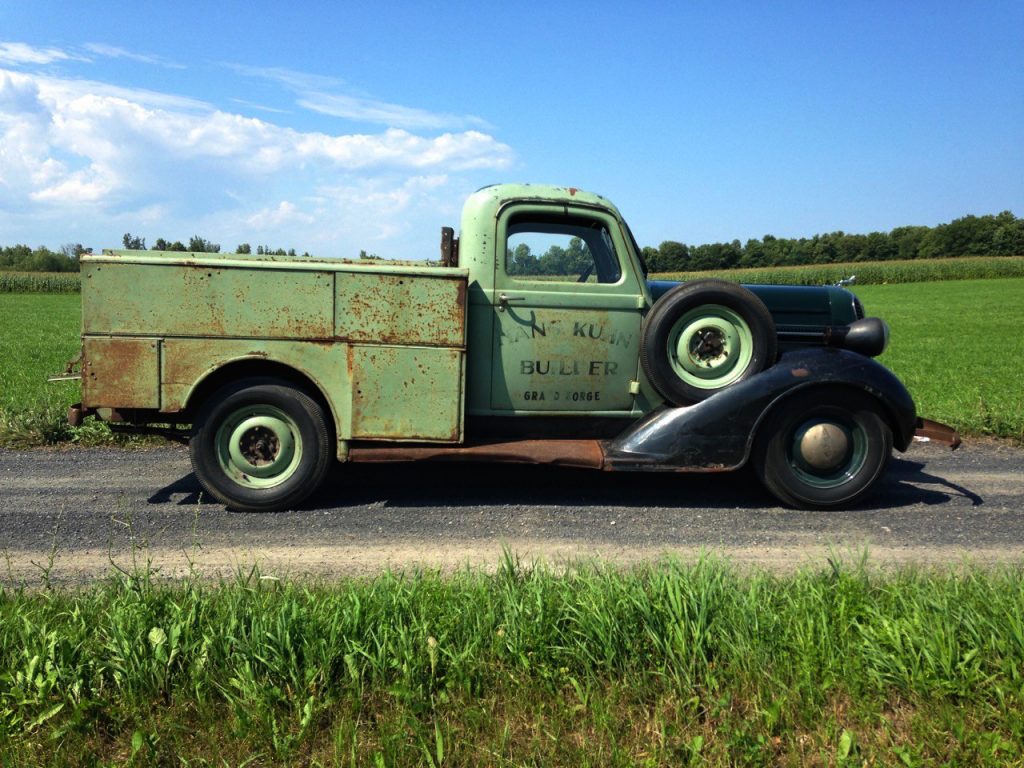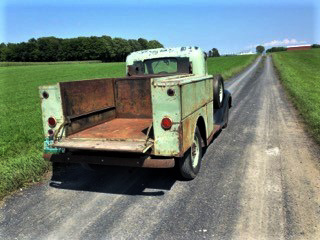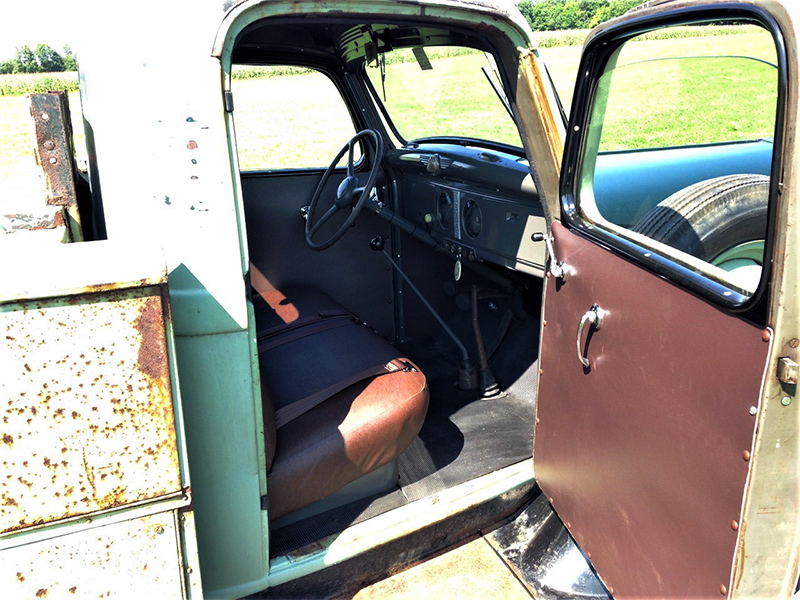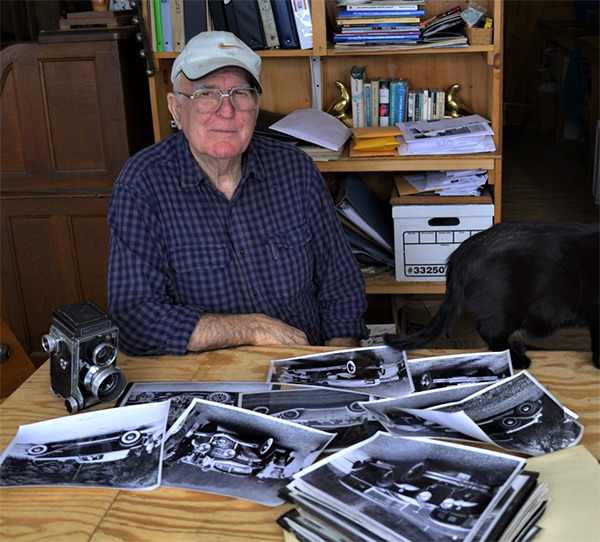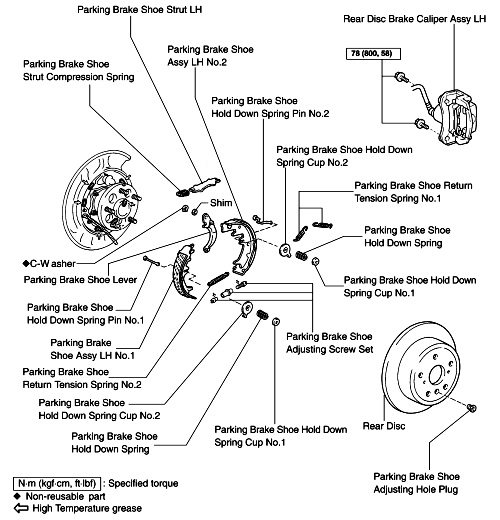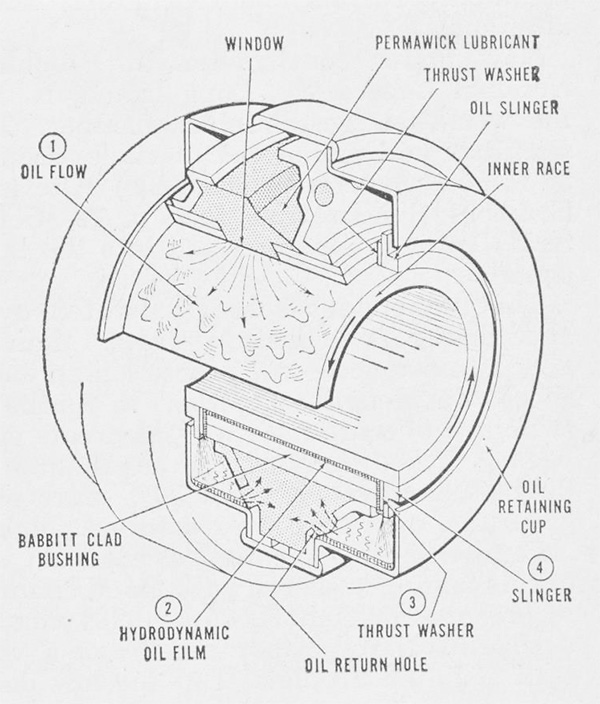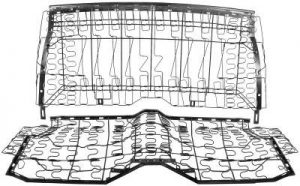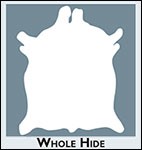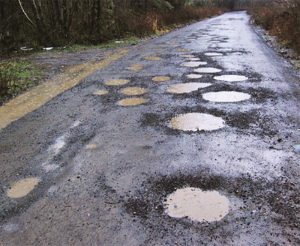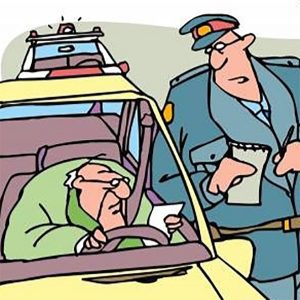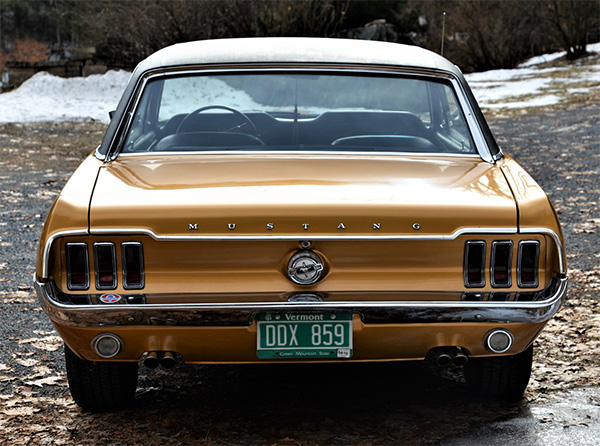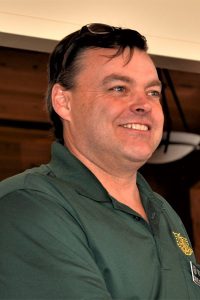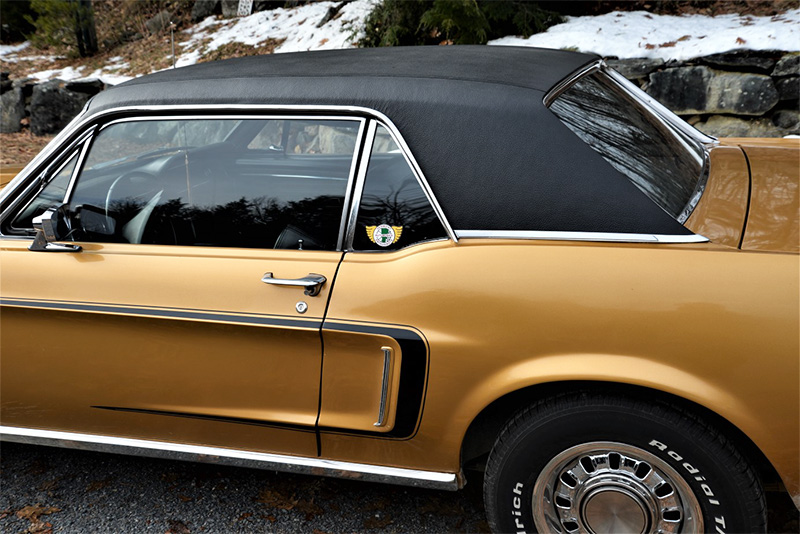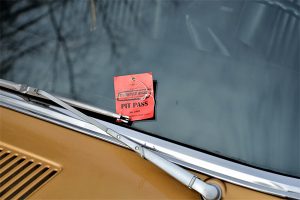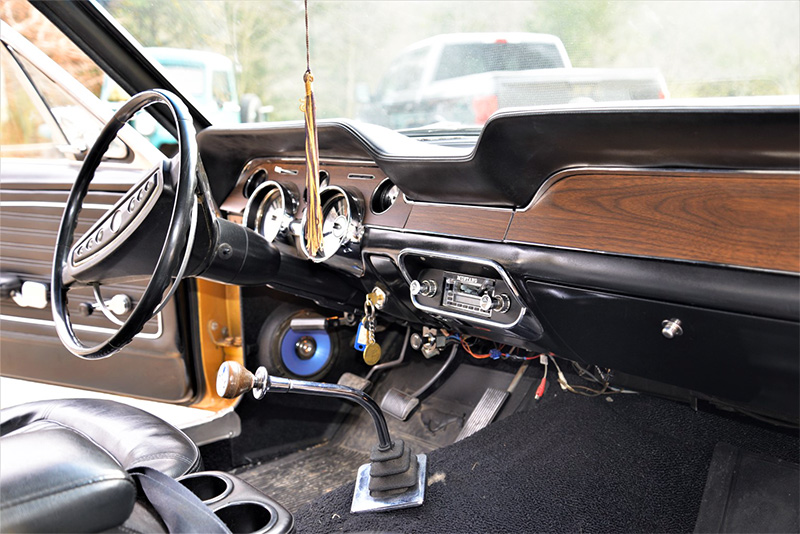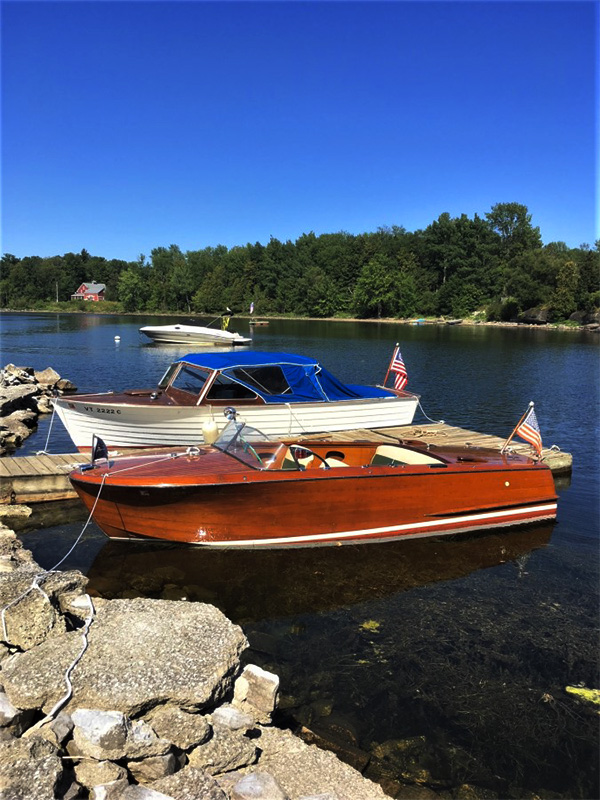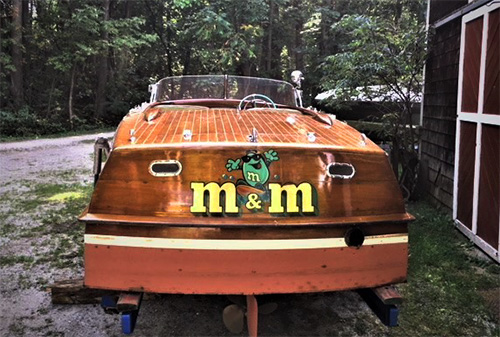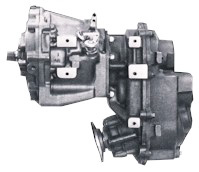Anne was unavailable this month for her column, so instead, we have gone back in the Wheel Tracks archives to the 1980s. Enjoys……
Al Ward’s 1982 “25th Anniversary Milestone” Poem.
Some 25 years ago at a lovely place called Stowe
Stood five old cars pushed all in a row.
The occasion of which was a picnic, I’m told.
And started the VAE as a club to take hold.
Each year we have prospered under super direction
Now each gathering held in close perfection.
Our meets take place in august as we all know
And features flea markets and a wonder show.
The town is jam packed with enthusiasts galore
Who arrive from Canada and the New England shore.
They keep coming back year after year
To take part in the show and give us a cheer.
Who would have thought that from such a small start
This club would have grown and we all could take part.
In putting on tours and sponsoring meets
Or just milling around while munching on sweets.
Over the years, the scenes have change
The designs of the cars have greatly ranged.
At first they were mostly all in the teens
But now it’s the fifties and in-be-tweens.
The success of our club is due in part
To those dedicated few who gave it a start.
And also to those who have carried on,
Through there 25 years we look back upon.
And now on the anniversary of our very small start
It give us great pleasure and comes from the heart
To thank all those who through these glorious years
Are most deserving and have earned these three cheers.
Cheer, cheer, cheer!
1980 Glidden Tour with, 1929 Silver Annie
“She’s not much to look at” by Cliff French
After being on the 1968 Glidden Tour in Pocono, Penn., I wanted to go again in 1980 in the White Mountains. I pulled the motor out, and out of 4 motors, took the best of each and made a motor that sounds like a bucket of bolts. This motor runs nice and uses no oil. With a 1927 Marvel brass carburetor, I get 14 miles to a gallon of gas.
I was accepted on the 1980 Tour with number 67 out of 341.
Esther and I left Bradford in the rain, September 14th, arriving in Brenton Woods at the Mt. Washington House about 3:30PM. We were to stay across the road at the Bretton Woods Motor Inn. We spent the rest of the day visiting and admiring the other many cars arriving, coming from across the United States and Canada.
Editor’s notes…. Taken from the 1981 Spring issue of Wheel Tracks. Cliff’s column goes on describing their eight days on the tour. We do not have the room to print the complete article but if you make a request, we will mail it to you.
Cliff ends his column with this…….
When I saw and heard about the many fine cars that threw rods, clutches and rear ends, to name a few, it made me feel good that Silver Anne made the 775 miles and the only problem was a leaky manifold gasket.











